In architectural styles, few are as visually striking and culturally rich as the Ablaq Technique. Derived from the Arabic word “Ablaq,” meaning “to juxtapose” or “to set side by side,” this style beautifully weaves together the contrasting elements of light and dark stones to create mesmerizing patterns and designs.
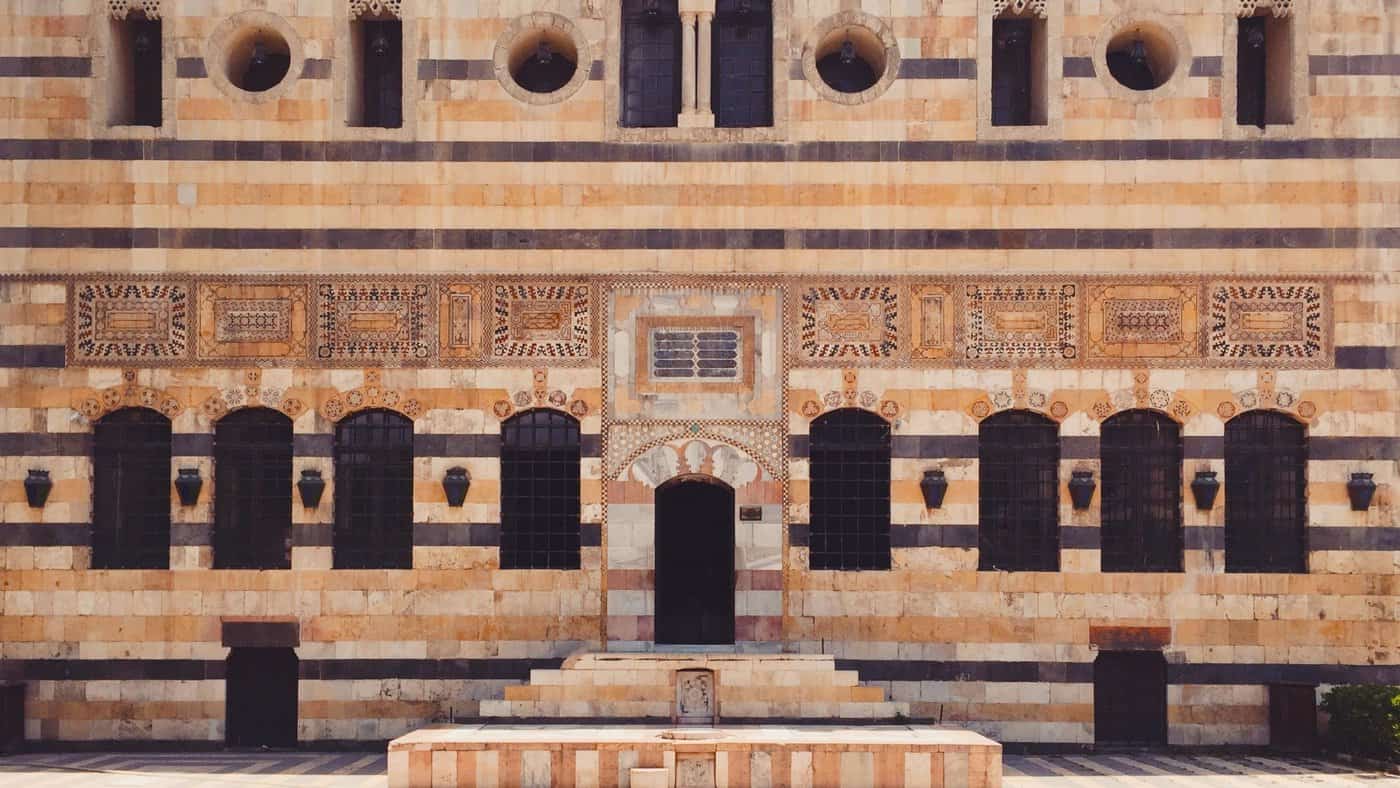
Credit: Bassel Khabbaz, CC BY-SA 4.0, via Wikimedia Commons
The Art of Contrast
Firstly, Ablaq Technique is characterized by its skillful use of contrasting colors and materials, typically alternating between light and dark stones or bricks. Moreover, the result is a visually stunning interplay of light and shadow that adds depth and dimension to a structure and creates a sense of rhythm and harmony.
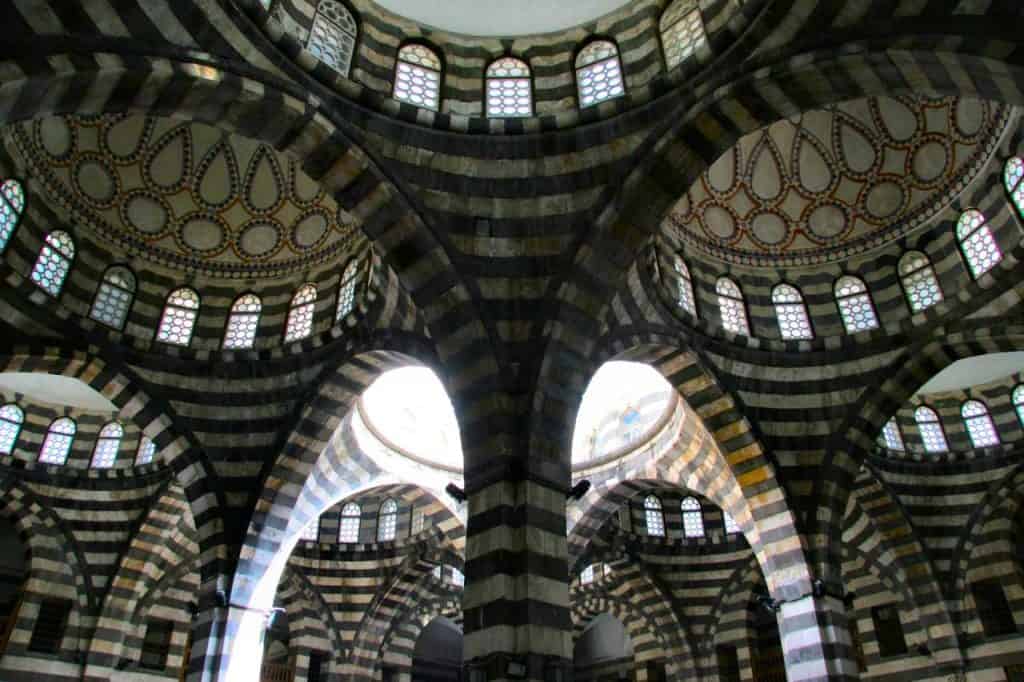
Credit: Jim Gordon, Ranbar, CC BY-SA 2.0, via Wikimedia Commons.
Historical Roots
In addition, Ablaq Technique has deep historical roots in the Islamic world, particularly in regions where Islamic art and architecture flourished. Furthermore, its origins can be traced back to the medieval Islamic era, with prominent examples in areas such as the Middle East, North Africa, and Europe influenced by Islamic design.
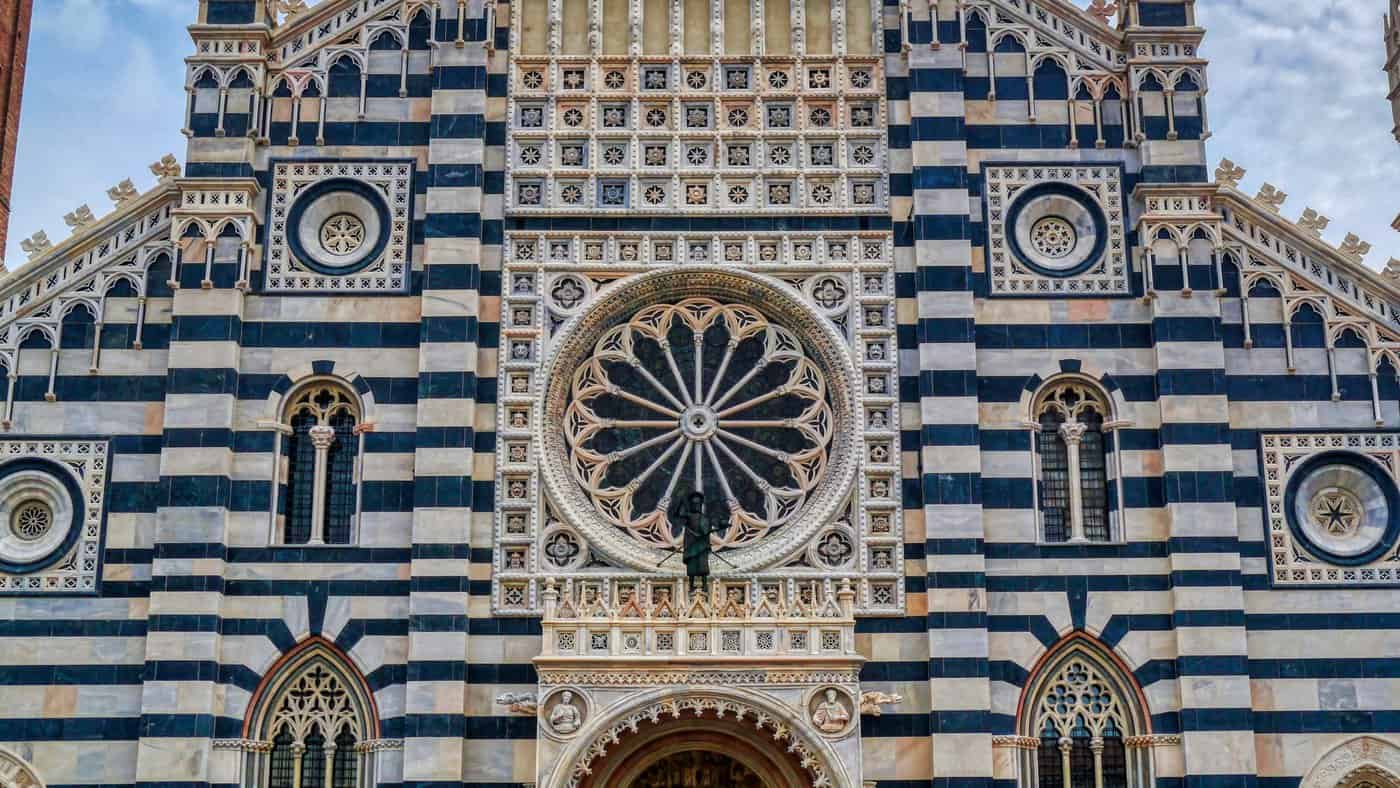
Credit: Zairon, CC BY-SA 4.0, via Wikimedia Commons
Mosques and Palaces
So one of the most iconic applications of Ablaq Technique can be seen in mosques and palaces. The alternating bands of light and dark stones create intricate geometric patterns on the façades and interiors of these structures. For example, the Great Mosque of Cordoba in Spain, a UNESCO World Heritage site, showcases the elegance and sophistication of Ablaq’s technique.
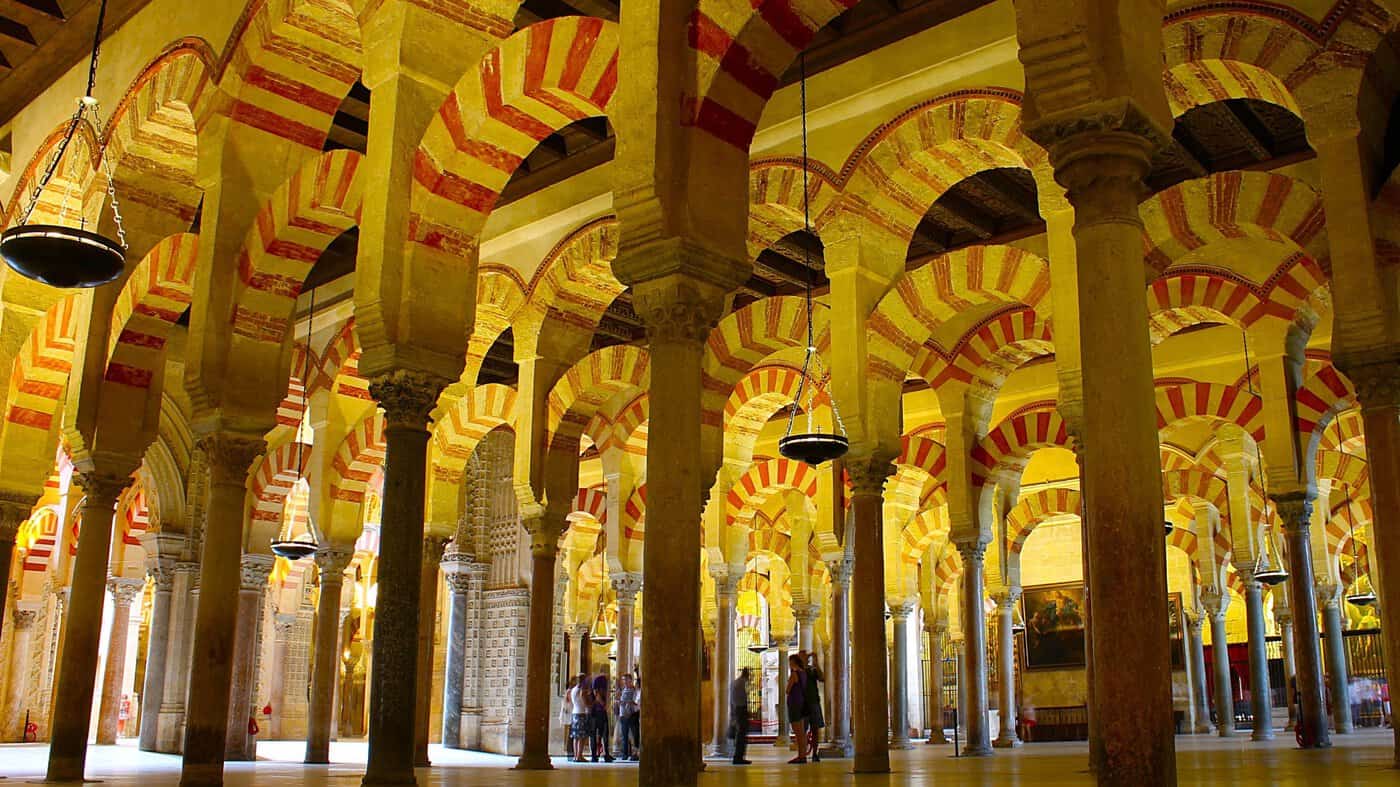
Credit: Nicolas Vollmer from Munich [Allemagne], CC BY 2.0, via Wikimedia Commons
Decorative Mastery
Ablaq Technique isn’t limited to religious or grand structures; it can also be found in everyday buildings and homes. This style has adorned various architectural elements, from arches and columns to walls and ceilings. The craftsmanship and attention to detail exhibited in Ablaq designs are a testament to the skills of the artisans who brought them to life.
Cultural Significance
Beyond its aesthetic appeal, the Ablaq Technique often carries cultural and symbolic meanings. The interplay of light and dark elements can represent the duality of existence, the balance of opposites, or the unity of diverse elements—a reflection of deeper philosophical and spiritual ideas.
Ablaq Technique in Israel
Ablaq Technique, with its distinct use of contrasting light and dark stones, can be found in several historic sites and structures across Israel. Here are some notable places where you can explore or admire Ablaq-style architecture in Israel:
Al-Aqsa Mosque, Jerusalem:
Located within the Old City of Jerusalem, the Al-Aqsa Mosque features stunning Ablaq Technique elements, particularly in the facades and interior. The alternating black and white stones create mesmerizing geometric patterns, adding to the mosque’s grandeur.
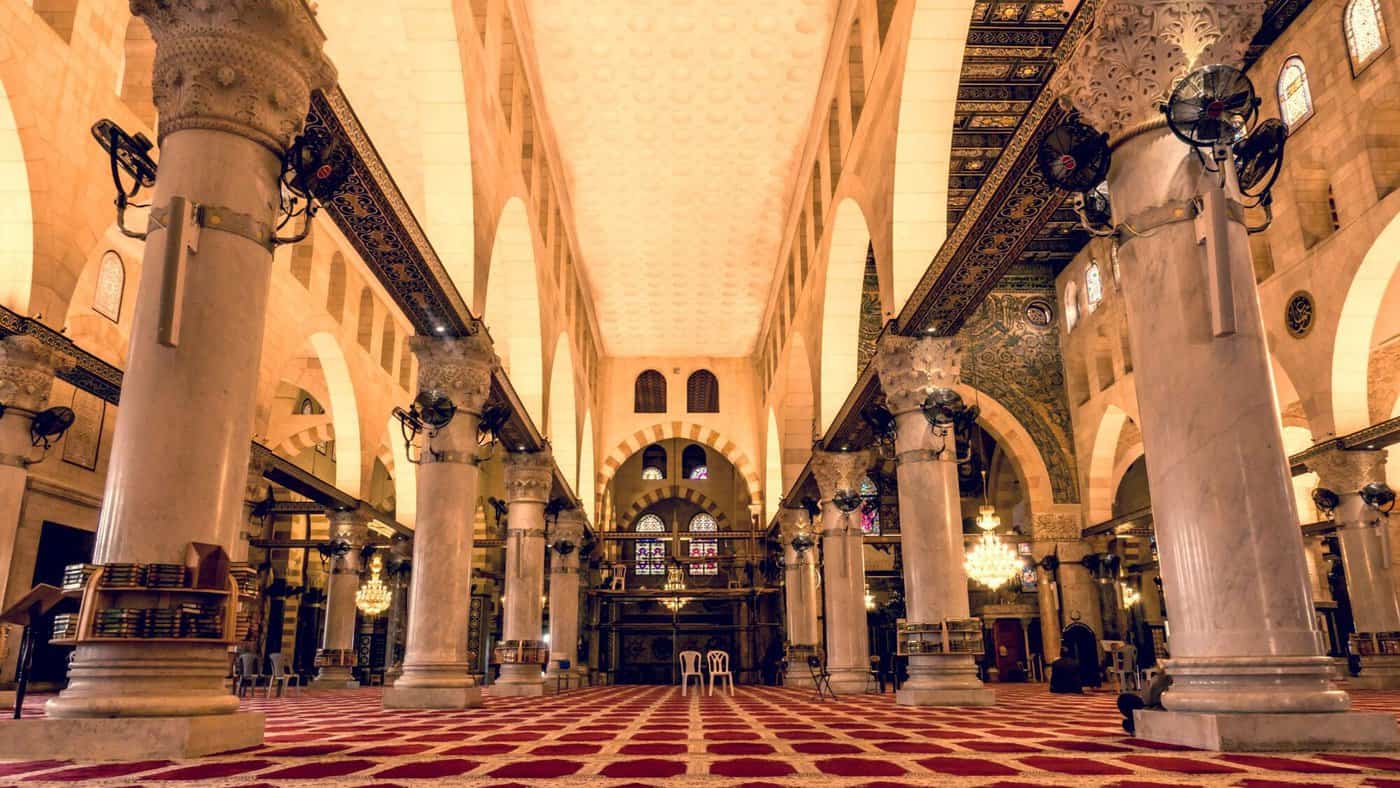
Dome of the Rock, Jerusalem:
Also situated in the Old City, the Dome of the Rock showcases Ablaq patterns on its exterior. This iconic Islamic shrine boasts intricate geometric designs and calligraphy, making it a masterpiece of Ablaq craftsmanship.
Dome of the Rock
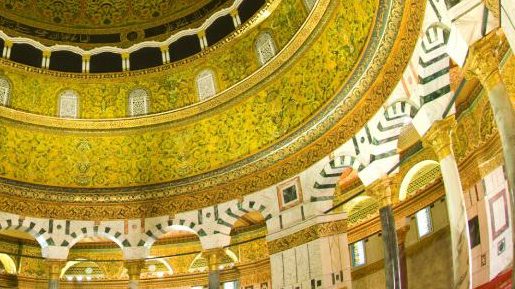
Mamluk Architecture in Old Jaffa:
The historic city of Jaffa (Yafo) along the Mediterranean coast features well-preserved Mamluk-era buildings incorporating Ablaq designs. Strolling through the old streets, you can admire the ornate facades and arches adorned with Ablaq patterns.
Old Jaffa Tour
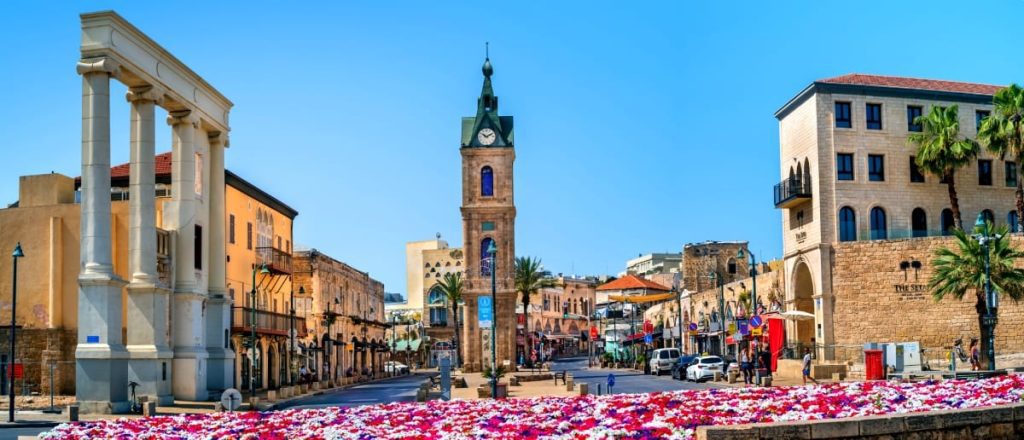
Al-Jazzar Mosque, Acre (Akko):
This Ottoman-era mosque in the ancient coastal city of Acre boasts Ablaq Technique architecture in its façade and interior. It’s a prime example of how Ablaq designs were incorporated into Ottoman-era structures in the region.
Acre Ultimate Guide
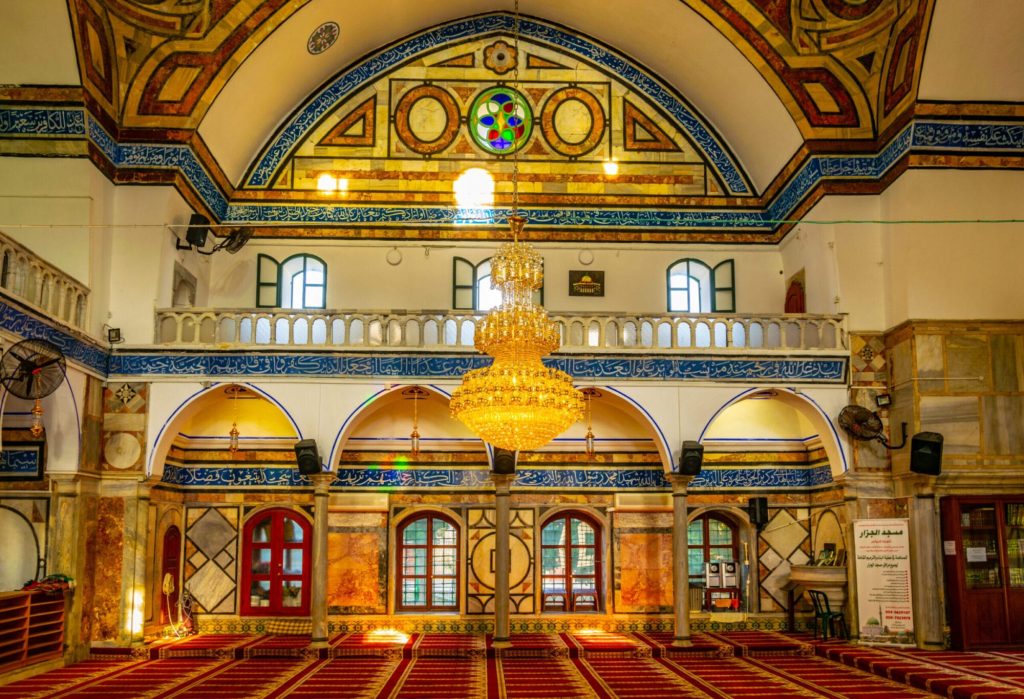
Umayyad Palace at Khirbat al-Mafjar, Jericho:
Although not in modern Israel, this archaeological site in the West Bank features a stunning Umayyad palace from the early Islamic period. Furthermore, the palace’s architecture includes Ablaq-style mosaics and stonework, showcasing the historical reach of this architectural style.
Hisham's Palace
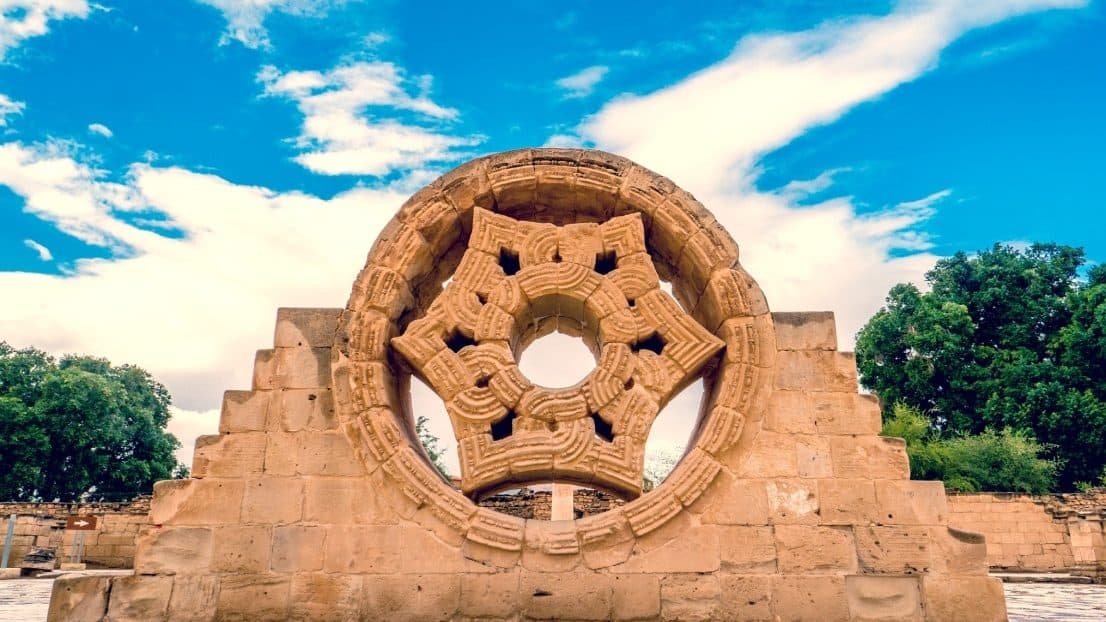
Madrasa al-Ashrafiyya, Jerusaalem:
Located on Temple Mount, this historic madrasa (Islamic school) features the Ablaq technique in its arches and decorative elements.
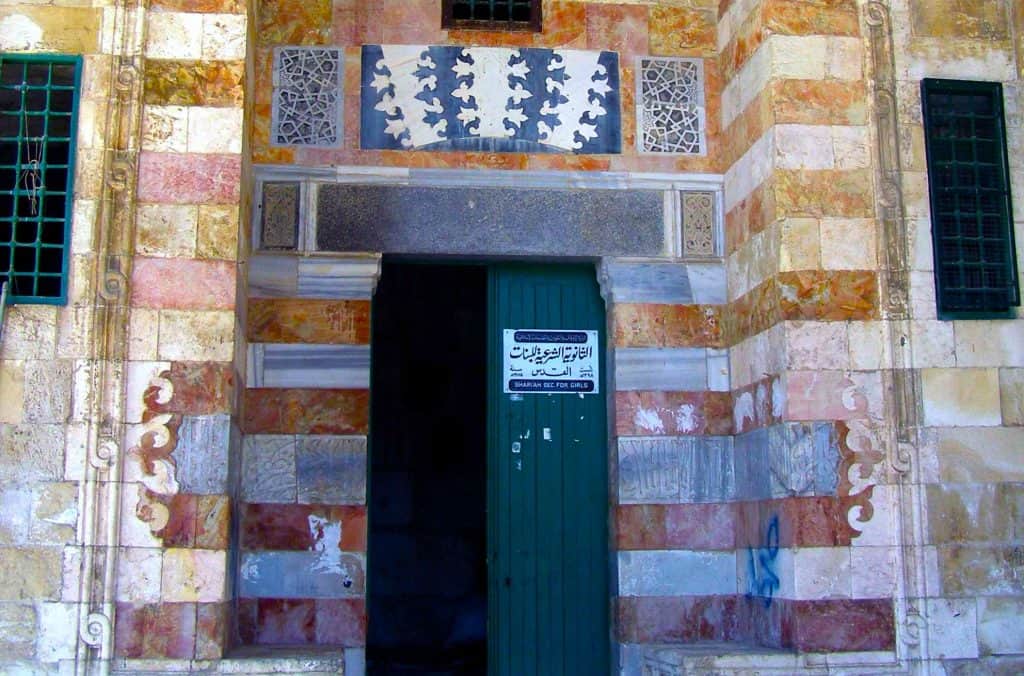
Credit: Ranbar, CC BY-SA 3.0, via Wikimedia Commons.
Jerusalem Ultimate Guide
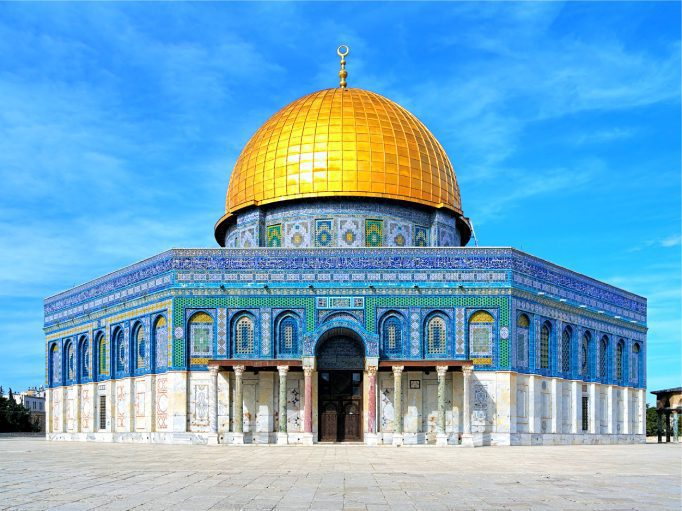
Dormition Abbey, Mt. Zion:
Although its a modern christian church built in 19th century. The Dormition Abbey on Mt. Zion is decorated with Ablaq Technique. Another example of Islamic influence on other cultures.
Dormition Abbey
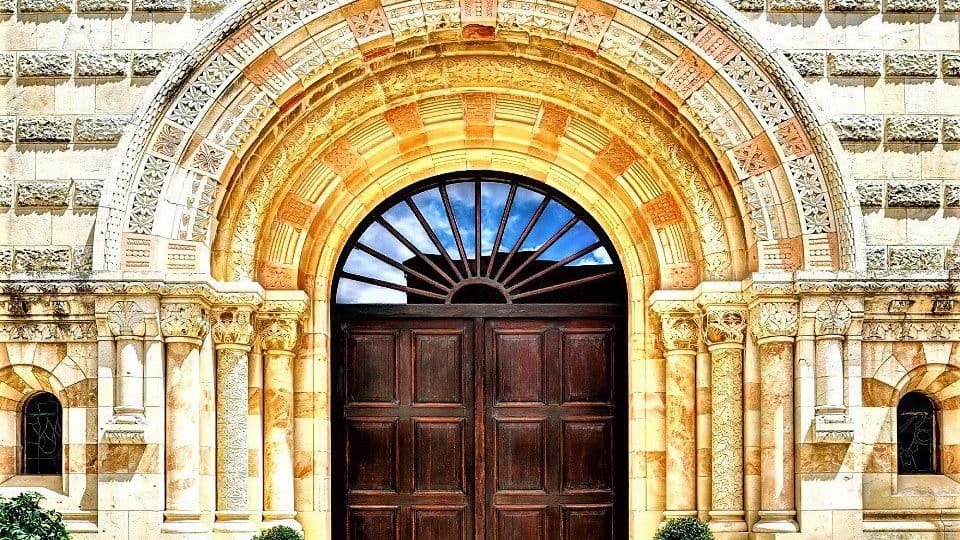
Old City of Jerusalem:
Beyond specific structures, the Old City of Jerusalem is a treasure trove of Ablaq Technique details. As you wander its narrow streets, pay attention to the intricate stonework on various buildings and structures.
So while the Ablaq Technique is most commonly associated with Islamic heritage, you can also find elements of this style in other regions with a history of Islamic influence. Exploring these sites in Israel provides a unique opportunity to appreciate the artistry and cultural significance of Ablaq design in the context of the country’s rich history.







